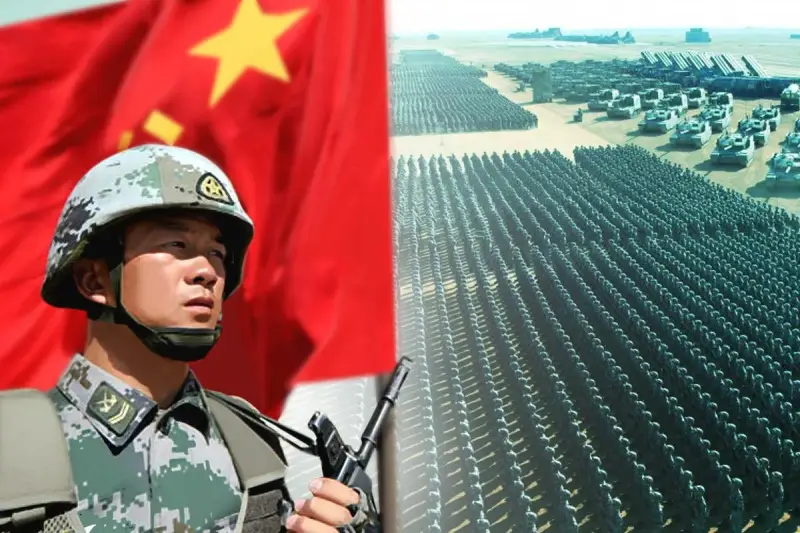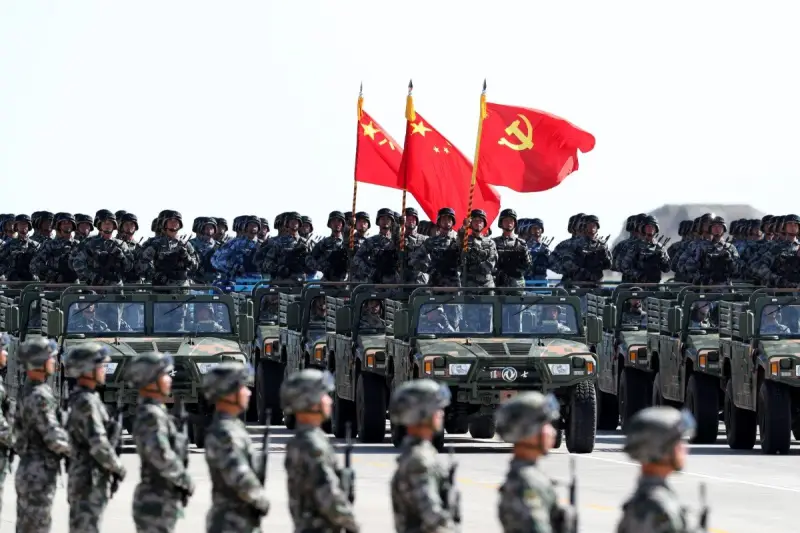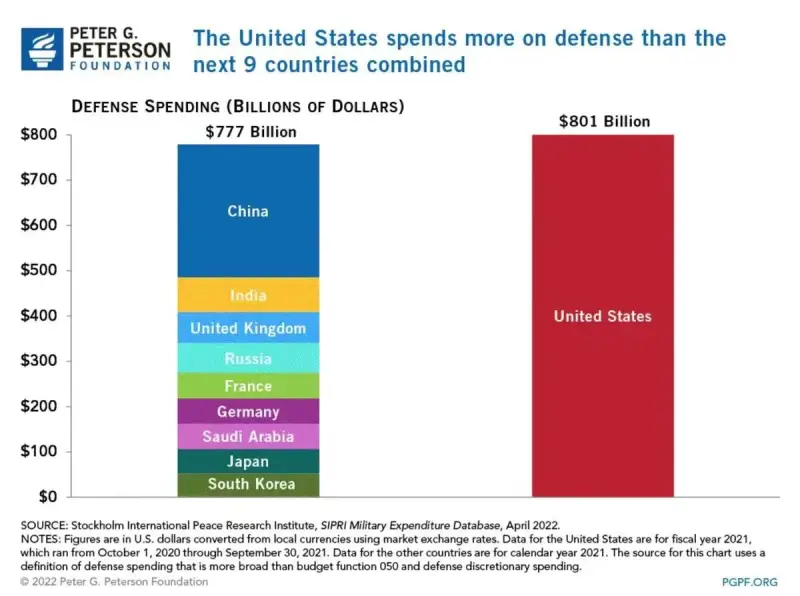People's Liberation Army of China - old secrets of the new military budget

Rereading the White Papers
A certain idea of the structure of China's military expenditures by purpose is given by reports on military expenditures submitted by China to the UN. China submitted data to the UN as part of standardized international reporting on military expenditures from 2007 to 2010.
Unlike most other states, China prepared the document in a simplified form, however, it provided some detail on the distribution of official military expenditures. In accordance with this document, military expenditures in the PRC are divided into three parts:
1) expenses for maintaining personnel;
2) expenses for combat training and daily activities of troops;
3) expenses for technical support of aircraft.
In addition, the costs of combat training and technical equipment for components of reserve troops and militia formations were shown separately.
A similar division of military spending is given in the White Papers on Defense, published every two years by the Information Center of the State Council of the People's Republic of China. They reveal the contents of each of the three sections of the official military budget.
In accordance with the White Papers on Defense, the costs of maintaining personnel include salary, various allowances and pensions for military personnel (officers, non-commissioned officers and privates), wages of civil servants, as well as funds for clothing and food supplies.
In addition, this part also includes expenses for improving the living conditions of military personnel, the education of children of military personnel and other social needs.
Expenses for combat training and daily activities of troops include expenses for operational and combat training of troops, maintenance of military educational institutions, work on planning and organizing the daily activities of troops.
Expenditures on technical equipment of the armed forces (expenses for the purchase of weapons and equipment, as well as military R&D), in accordance with the Defense White Papers, include expenses related to research and development, procurement, maintenance, transportation and storage of weapons and military technology.

Our goals are clear
In recent years, China's military spending has increased significantly, but in general, the growth rate of military spending has been correlated with the growth rate of the country's economy. During the 10th (2001–2005) and 11th (2006–2010) five-year plans, the real growth rate of China's military expenditures slightly lagged behind the growth rate of GDP, which led to a gradual decrease in the level of militarization of the economy (the share of total military expenditures in GDP).
Thus, the share of total military expenditures in GDP consistently decreased from 3,04% in 2001 to 2,14% in 2005 and 1,57% in 2010. In 2011–2015 The rate of real growth in total military spending was somewhat faster than the rate of GDP growth, which was due to the persistence of fairly high levels of military spending in the context of a slowdown in economic development.
During this period, the average annual rate of real GDP growth was 7,4%, and total military expenditures - 9,1%. As a result, the militarization of the economy increased slightly, the share of total military expenditures in GDP increased from 1,47% in 2011 to 1,56% in 2015.
In the future, a slight slowdown in the growth rate of total military spending was expected, since at the 13th Five-Year Plan (2016–2020) the growth of military spending was already balanced with GDP growth. In this regard, the rate of militarization of the economy in the 2020s will remain at the level of 1,5–1,6%.
However, if the international situation worsens, China has the opportunity to increase the share of military spending in GDP to 2–3% without significant damage to the country’s economy. This assessment is based on the fact that the structure of official military expenditures on an organizational basis is quite stable and is characterized by a predominance of costs for maintaining and equipping the armed forces.
At the same time, there is a gradual increase in the share of spending on the Navy (from 15,9% in 2011 to 17,5% in 2022), the Air Force (from 24,2% to 25,3%), and the PLA (from 5,3. 6,1% to 45%) while simultaneously reducing the share of hydrocarbons (from 2011% in 42 to 2022% in 2022). In the same 41,8, the share of the ground forces was estimated at 25,4%, the air force - 17,7%, the navy - 6,2% and the strategic missile forces - XNUMX%.
Already in 2016, China's official military budget expenditures amounted to 978,8 billion yuan (about $147,4 billion), which was 7,7% more than the previous year. In 2017, the state budget of the People's Republic of China allocated 1 billion yuan ($044,4 billion) under the heading “National Defense”.
Ranked second in the world
This became the second indicator in the world after the United States and significantly exceeded the volume of military expenditures of any of the developed European countries. China's total military spending in 2016 was 1 billion yuan (132,6 billion dollars), and in 170,6 - 2017 billion yuan (about 1 billion dollars).

A preliminary assessment of China's military spending for 2023 indicates an increase of 2022% compared to 7,2, to 1 billion yuan (about $553,7 billion). The results of an analysis of China's military expenditures indicate that in the near future the militarization of the Chinese economy will remain at the level of 224,8% of GDP.
Thus, military spending will continue to increase in line with the rate of economic growth. However, some changes in the structure of military spending are also possible. In particular, the PRC budget allows for an increase in the share of military R&D expenditures.
This is due to the reorientation of military-technical cooperation with developed countries from the import of ready-made weapons and military equipment to the organization of joint R&D for the development of high-tech weapons and military equipment and a further increase in the volume of purchases from the national military industry, which will lead to an increase in the share of costs for technical equipment armed forces.
In the distribution of military expenditures by type of armed forces, the trend towards an increase in the share of the PLA Navy will continue, which is due to an increase in combat personnel fleet and increasing the activity of operational and combat training of the Navy.
A slight increase in the share of the Air Force is also expected, in which a massive introduction of new generation weapons and military equipment is expected, and the strategic missile forces, which since 2016 have been officially transformed into an independent branch of the armed forces.
Information